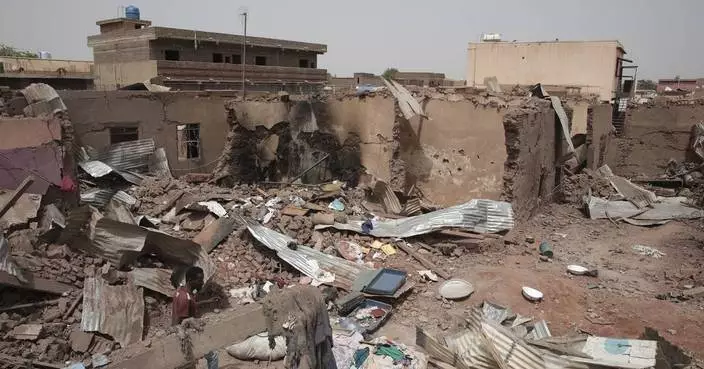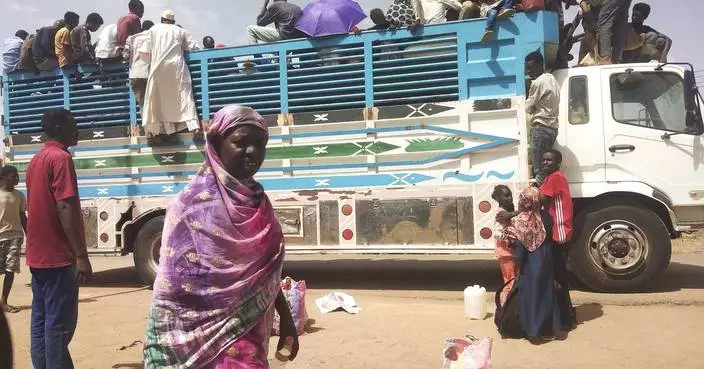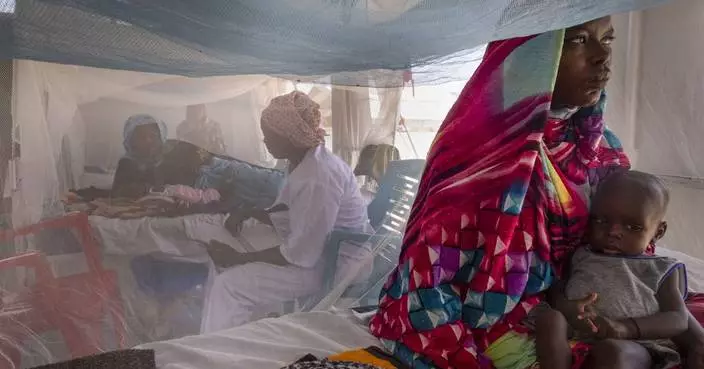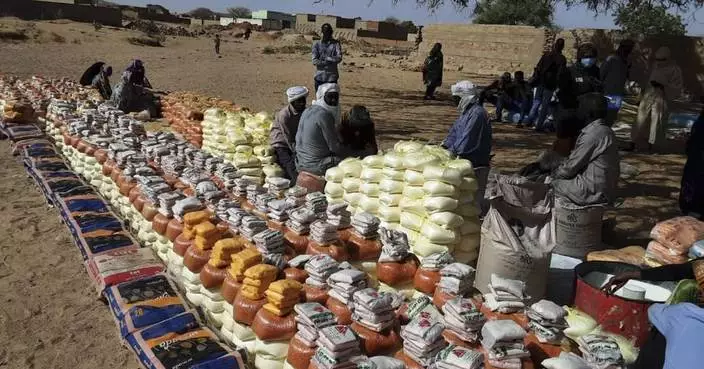Sudan’s transitional government announced a major Cabinet reshuffle on Thursday, hoping to defuse public discontent over the economic collapse and other crises that have tested the country’s path toward democracy.
Sudanese Prime Minister Abdalla Hamdok accepted the resignation of six ministers, including the finance minister who has been faulted for failing to rescue the plunging economy. He also dismissed the health minister in the wake of a coronavirus outbreak that has hit the country hard.
A government statement named the acting replacements for the seven posts, which also include foreign, energy, agriculture and transportation ministers.
“The trust that the people have given the transitional government obliges us to listen to the voice of the street,” said Hamdok, referring to the sweeping protest movement that toppled longtime autocrat Omar al-Bashir in April last year.
Following the ouster, Sudan’s military and pro-democracy protesters reached a power-sharing agreement to form the Sovereign Council, made up of army generals and civilians, to rule the country until elections can be held in three years. Still, the military has retained the upper hand in many ways.
The Cabinet shake-up was widely expected after thousands of demonstrators filled the streets of Sudan’s major cities again on June 30 to pressure the government to meet their demands. Demonstrators chanted for the speedy appointment of civilian provincial governors and the completion of peace deals with rebels in the country's restive provinces to end insurgencies there. At the time, Hamdok pledged to take “decisive steps” within two weeks.
The Cabinet reshuffle gives the government room to appoint several ministers from rebel groups, as a condition of peace negotiations expected to conclude in the coming week. The Sudanese Revolutionary Front, a coalition of rebel groups, visited the capital of Khartoum this week to discuss a few outstanding points in the peace deal.
Heba Ahmed Ali, a key official in the finance ministry, was appointed to replace Finance Minister Ibrahim Elbadawi, who inherited a collapsed economy after decades of mismanagement under al-Bashir. Elbadawi was spearheading ambitious economic reform plans sought by foreign donors and the International Monetary Fund, which included painful steps like the slashing of fuel and other subsidies.
While necessary, the reshuffle seems unlikely to satisfy demonstrators, said Osman Mirghani, a Sudanese analyst and the editor of the daily al-Tayar. Other key officials, such as the commerce minister, have kept their jobs despite calls for them to be dismissed.
“Hamdok was actually forced to do this,” he said. “But I do not think the government has any real road map for how to create deeper change.”
UNITED NATIONS (AP) — Nearly 282 million people in 59 countries suffered from acute hunger in 2023, with war-torn Gaza as the territory with the largest number of people facing famine, according to the Global Report on Food Crises released Wednesday.
The U.N. report said 24 million more people faced an acute lack of food than in 2022, due to the sharp deterioration in food security, especially in the Gaza Strip and Sudan. The number of nations with food crises that are monitored has also been expanded.
Máximo Torero, chief economist for the U.N.'s Food and Agriculture Organization, said 705,000 people in five countries are at Phase 5, the highest level, on a scale of hunger determined by international experts — the highest number since the global report began in 2016 and quadruple the number that year.
Over 80% of those facing imminent famine — 577,000 people — were in Gaza, he said. South Sudan, Burkina Faso, Somalia and Mali each host many thousands also facing catastrophic hunger.
According to the report’s future outlook, around 1.1 million people in Gaza, where the Israel-Hamas war is now in its seventh month, and 79,000 in South Sudan are projected to be in Phase 5 and facing famine by July.
It said conflict will also continue to drive food insecurity in Haiti, where gangs control large portions of the capital.
Additionally, while the El Nino phenomenon peaked in early 2024, “its full impact on food security – including flooding and poor rain in parts of east Africa and drought in southern Africa, especially Malawi, Zambia and Zimbabwe – are like to manifest throughout the year.”
U.N. Secretary-General Antonio Guterres called the report “a roll call of human failings,” and that “in a world of plenty, children are starving to death.”
“The conflicts erupting over the past 12 months compound a dire global situation,” he wrote in the report's foreword.
Guterres highlighted the conflict in the Gaza Strip, as the enclave holds the highest number of people facing catastrophic hunger. There is also the year-old conflict in Sudan, which has created the world's largest internal displacement crisis “with atrocious impacts on hunger and nutrition,” he added.
According to the report, over 36 million people in 39 countries and territories are facing an acute hunger emergency, a step below the famine level in Phase 4, with more than a third in Sudan and Afghanistan. It's an increase of a million people from 2022, the report said.
Arif Husain, the U.N. World Food Program’s chief economist, said every year since 2016 the numbers of people acutely food insecure have gone up, and they are now more than double the numbers before the COVID-19 pandemic.
While the report looks at 59 countries, he said the target is to get data from 73 countries where there are people who are acutely food insecure.
Secretary-General Guterres called for an urgent response to the report’s findings that addresses the underlying causes of acute hunger and malnutrition while transforming the systems that supply food. Funding is also not keeping pace with the needs, he stressed.
“We must have the funding, and we also must have the access,” WFP’s Husain said, stressing that both “go hand-in-hand” and are essential to tackle acute food insecurity.
The report is the flagship publication of the Food Security Information Network and is based on a collaboration of 16 partners including U.N. agencies, regional and multinational bodies, the European Union, the U.S. Agency for International Development, technical organizations and others.

FILE - Palestinians line up for a meal in Rafah, Gaza Strip, Friday, Feb. 16, 2024. According to the Global Report on Food Crises released Wednesday, April 24, nearly 282 million people in 59 countries suffered from acute hunger in 2023, with war-torn Gaza the territory with the largest number of people facing famine. (AP Photo/Fatima Shbair, File)









